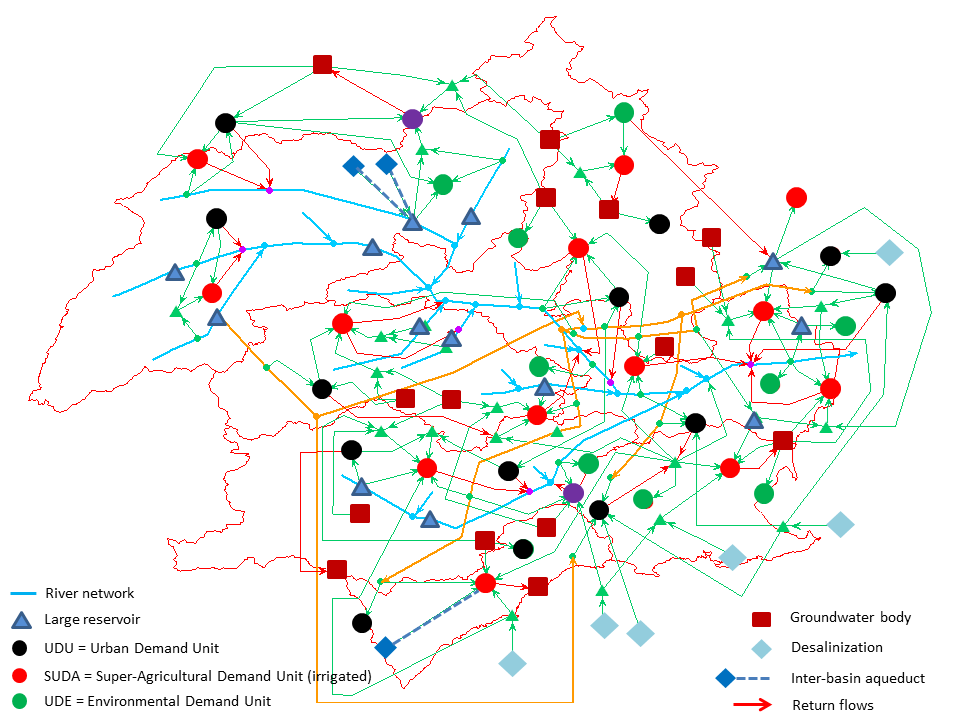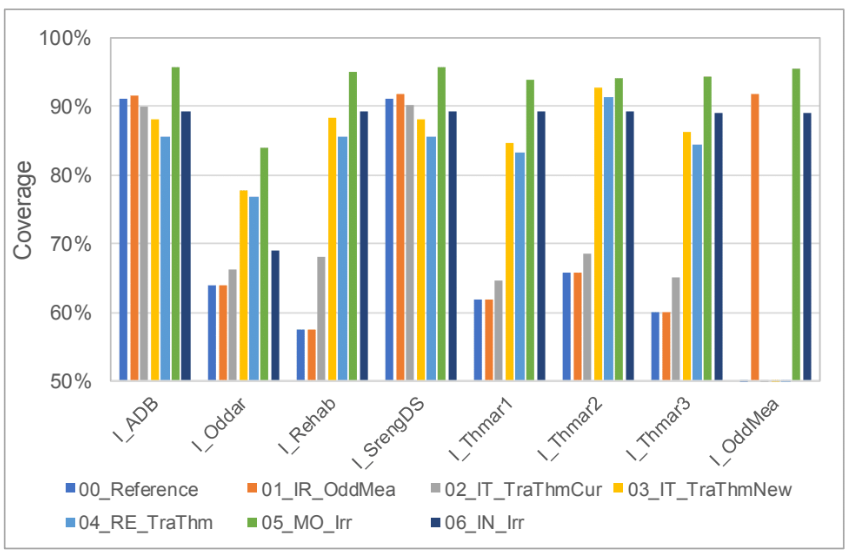Concept
FutureWater provides advice for water resources management on different time scales, from day-to-day operational management of water levels in streams, soils and irrigation channels to larger-scale strategic decision making on water allocation to different users and sectors in a river basin. With increased competition for water resources and prolonged dry periods expected under climate change in most of the world’s river basins, sound decision making on the river basin scale is more urgent than ever. To facilitate river basin authorities to take well-informed decisions, it is essential to deploy modeling tools that dynamically simulate water demand across a basin and enable the evaluation of different supply strategies and infrastructure options. Executing such studies is part of the core business of FutureWater. We are specialized in selecting the appropriate tools for each challenge, using them to explore large amounts of climate scenarios and intervention strategies, visualizing the output to an end user in an attractive and informative way, and providing tailor-made advice. A key variable to consider in many of these applications is the unmet demand, i.e. the shortage of water experienced by a user due to a lack of supply under specific conditions. FutureWater has the expertise in-house to translate this unmet demand into relevant terms for specific sectors, e.g. crop yield loss (agriculture) or reductions in energy production (hydropower). For detailed studies examining water supply vs. demand, we couple physically-based modeling tools such as SPHY or SWAT to more conceptual models such as the Water Evaluation And Planning (WEAP) framework, in an integrated approach that makes optimal use of the strengths of the individual tools.
FutureWater applications
FutureWater constructed a detailed WEAP model for the Segura River Basin in southeastern Spain, one of the driest European basins. The map shows the model schematization and interlinkages between different water users and infrastructure, with inflows, storages, and outflows being extracted across the model. The model is deployed to support government authorities on management decisions.
Under assignment of the Asian Development Bank (ADB), FutureWater built an extensive WEAP model to provide advice on irrigation infrastrucutre investments foreseen by ADB and the Ministry of Water Resources And Meteorology (MOWRAM). The graph shows the extent to which the agricultural water demand is covered by supply in different catchments under various scenarios: irrigated area expansion in Oddar Manchey Province (01), two interbasin transfer options that are currently considered (02 and 03), increased reservoir expansion (04), irrigation modernization (05), and intensified cropping patterns (06).
Our In-House Tools & Services
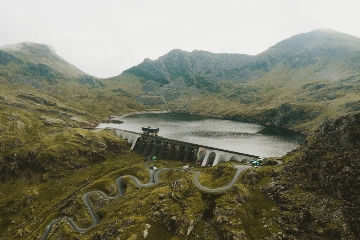

GLOW: Global Water Availability Forecasting
GLOW is our advanced water forecasting tool that delivers real-time insights into water availability and demand. By integrating weather forecasts, hydrological models, and user-friendly visualization tools, GLOW empowers decision-makers to manage water resources effectively, mitigate risks, and enhance transboundary collaboration.
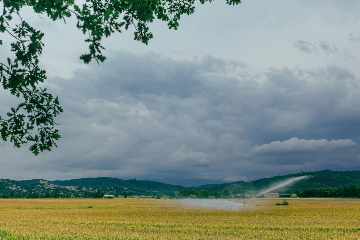

Follow the Water: Partitioning Water Flows in Irrigation Schemes
Meet Follow the Water, a tool that visualizes water flows in irrigation systems to quantify reuse and improve system design. By using virtual tracers, it helps users understand consumed and return flows, supporting efficient water management and modernization efforts.
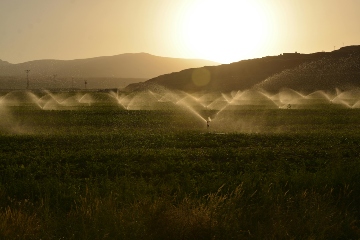
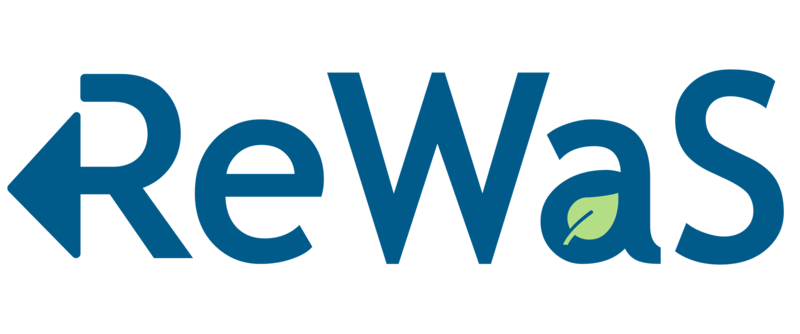
REWAS: Real Water Savings in Agricultural Systems
REWAS is our user-friendly Excel-based tool for assessing water use and productivity in irrigated agriculture. By integrating diverse data sources and scenario-based analysis, it helps decision-makers evaluate interventions, optimize water management, and improve agricultural efficiency.

